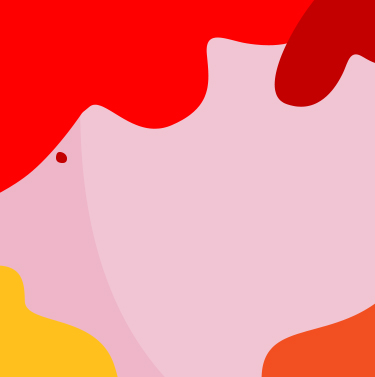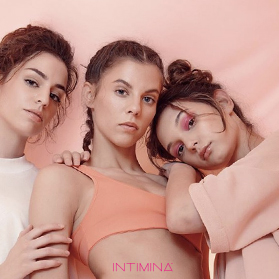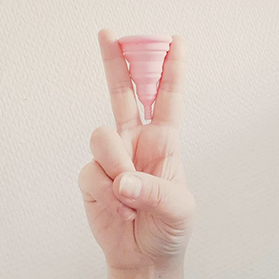#WhileBleeding
Times are changing, but female persistence and resilience is consistent. Dive into female history and join those who are still fighting.
Let’s build our better future together #WhileBleeding!

They can do everything - even #WhileBleeding
Inspiring women are all around us. We gathered six of them and recorded their stories in order to empower millions of others. Hear how they talk about their pain and struggles, but more importantly, get to know them and see how they’ve managed to override those obstacles. They are strong, accomplished and brave, especially #WhileBleeding and they are just what we need in this day and age.
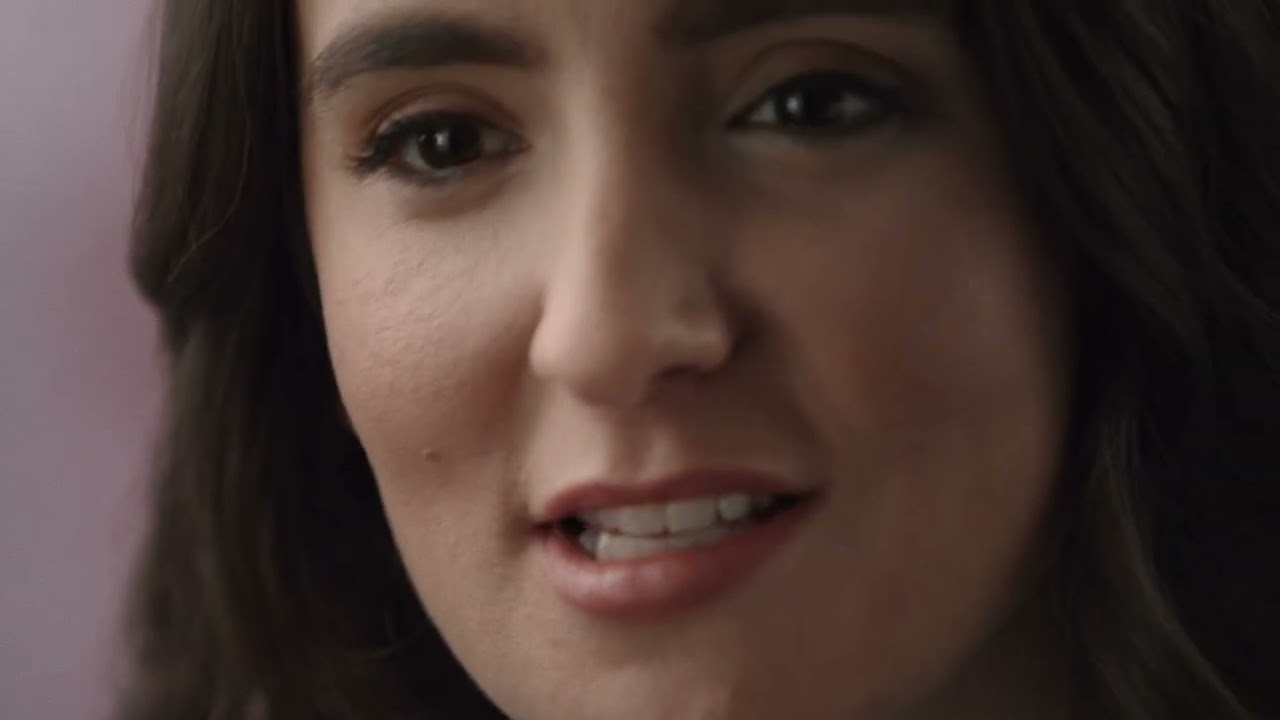
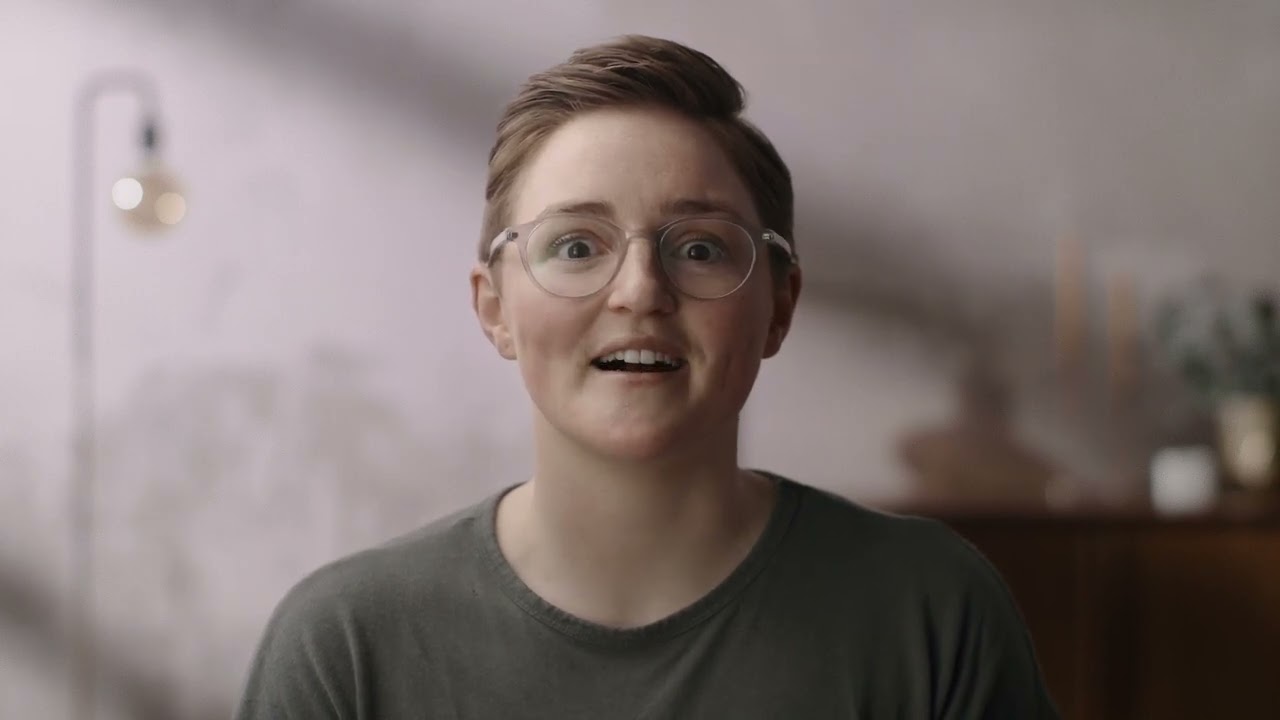
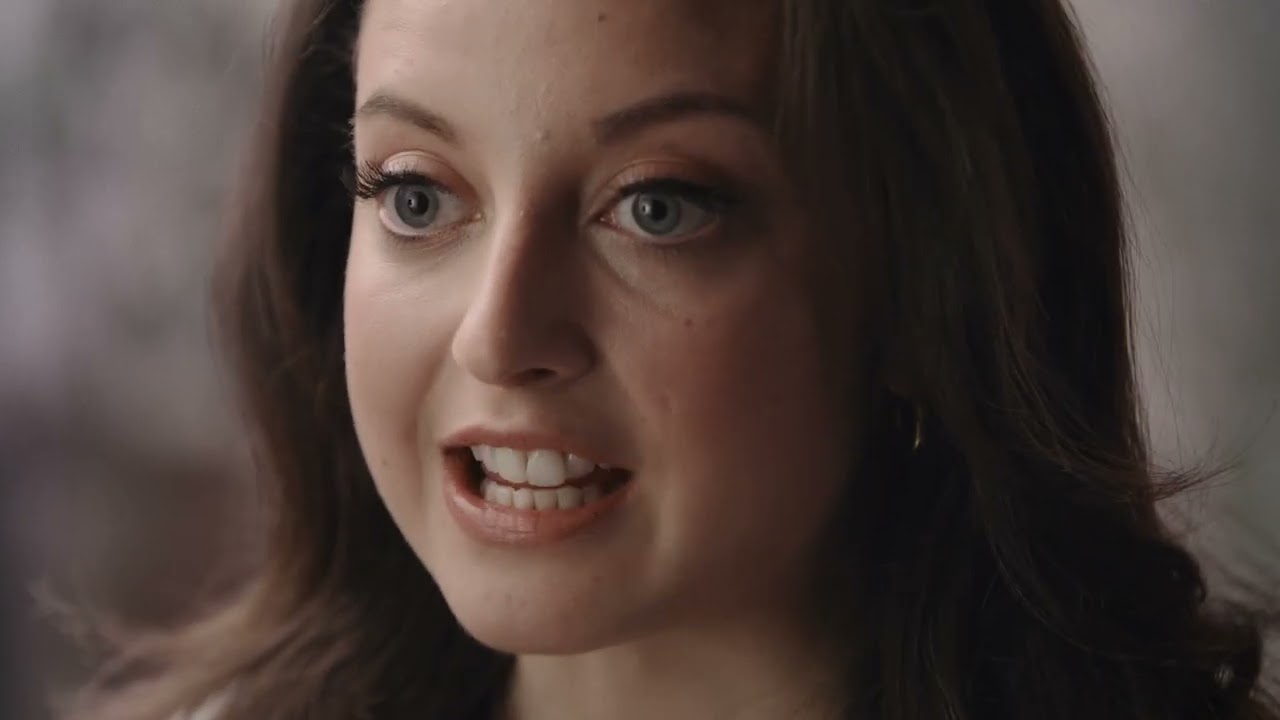
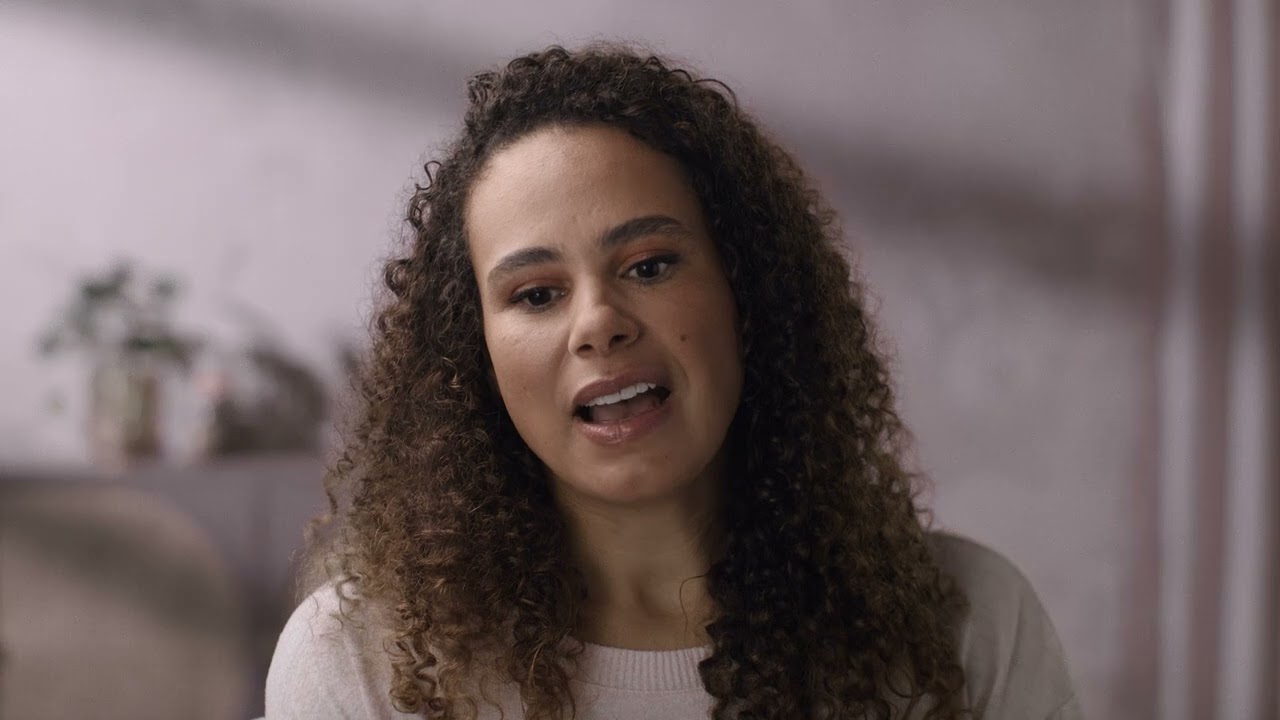
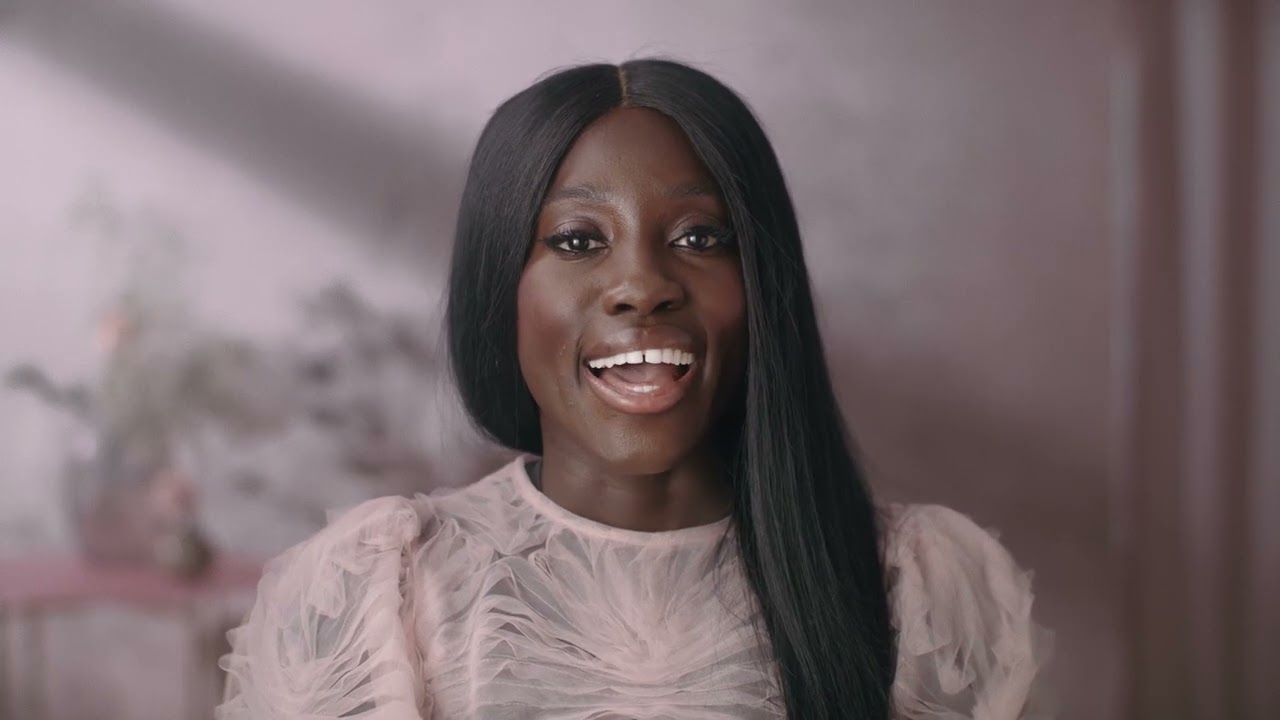
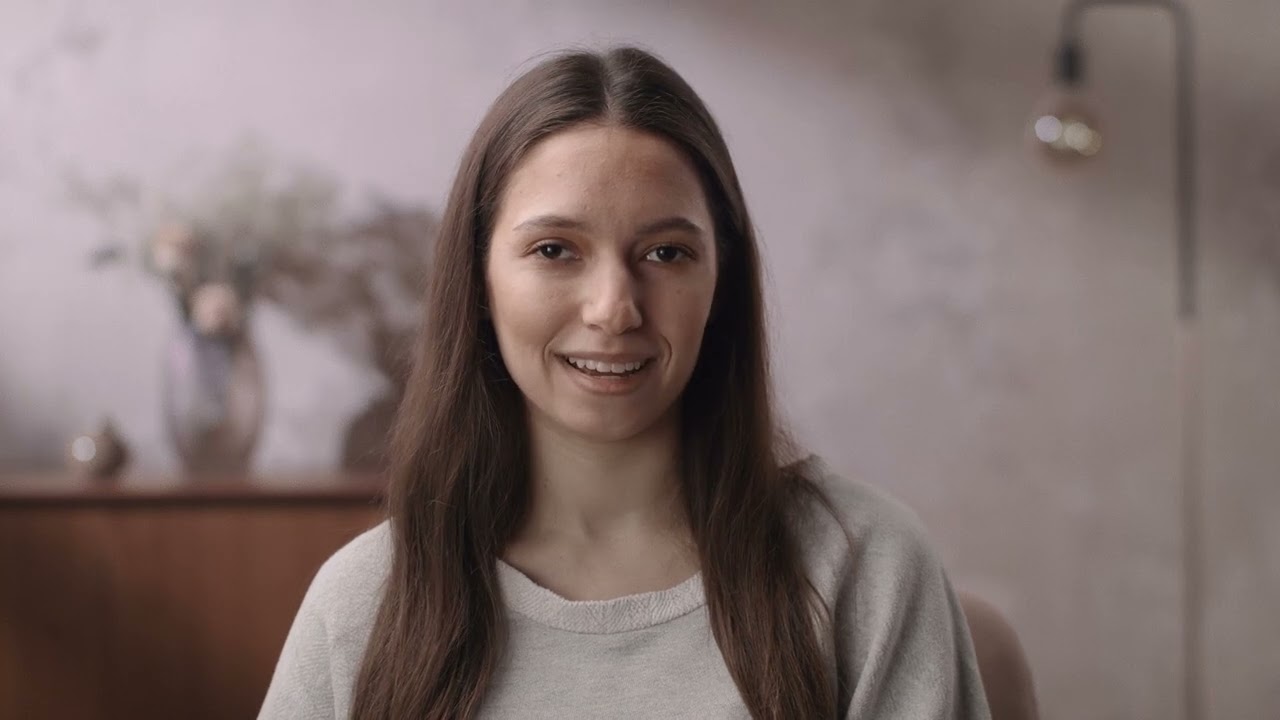
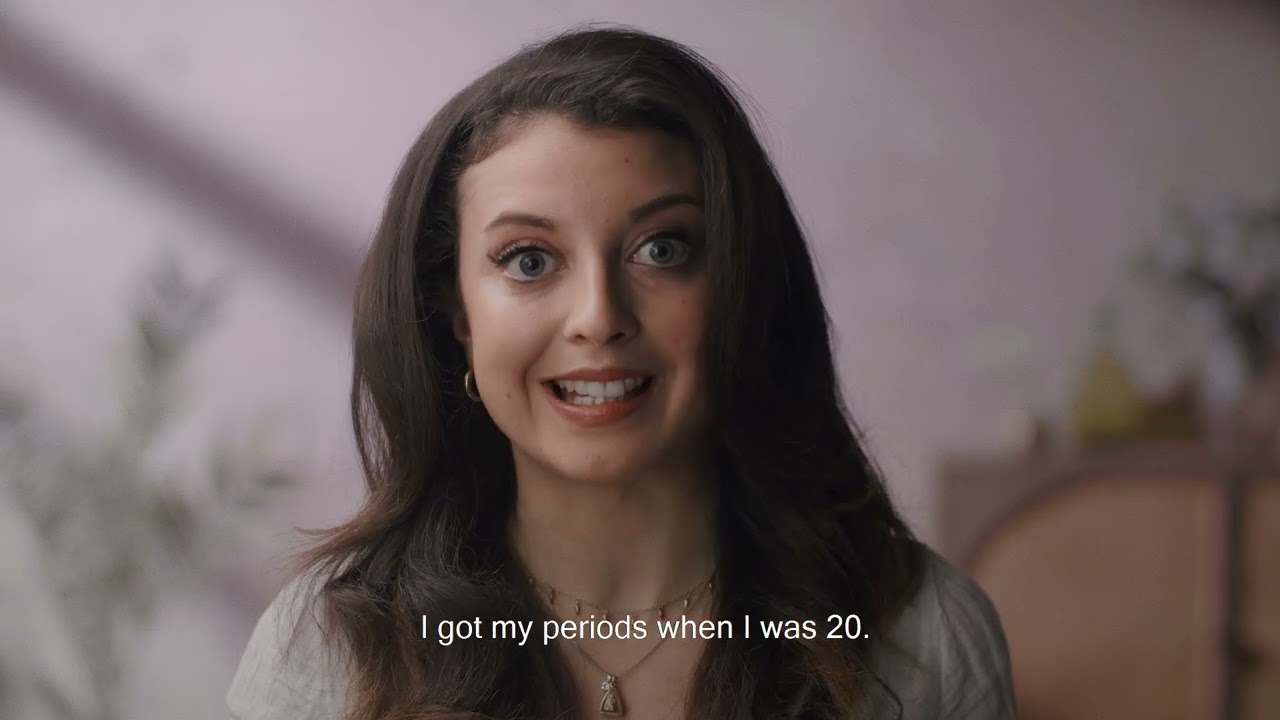
Fighting period poverty one cup at a time
INTIMINA marked Menstrual Hygiene Day (28th of May) by making a change. We are continuing the fight against menstrual poverty by educating, raising awareness, breaking the stigma, and building a foundation for a healthy and happy society. Women are strong, but they can’t do anything #WhileBleeding if they don’t have equal rights, adequate support, and bare hygienic necessities! Join us and make the difference - spread the word, educate and help others in need!

Meet our NGOs
Thanks to your purchases and unbelievable support, we donated 8500 dollars to four international NGOs. Now they are able to make even more positive change in their communities by helping women, educating the public, and by speaking up. Read more about them here:

Asha Ismail’s personal tragedy gave her the strength to raise awareness about harmful traditions and other forms of violence against women and girls by accelerating positive change. She founded an NGO in Spain called Save a Girl Save a Generation through which she and her team are giving support to girls in need. They’re helping them become change-makers who are contributing to education, health, and leadership in their communities.

PERIOD. is the largest youth-run NGO in women’s health, and one of the fastest-growing ones in the United States. Since 2014 they have addressed over one million periods and registered over 700 campus actions in all 50 states and 40 other countries. They’re making a direct impact by donations, but more importantly, they’re raising the awareness and breaking the stigma about periods. Girl power all the way!

Victoria (Tora) Abrahams personally fights endometriosis and M.E. and that's why she is so passionate about supporting young people and women with multiple complex needs and disabilities. She is an operations manager and Uganda project lead for NGO Freedom4Girls and alongside that she works as a Prison law consultant. She focused her career on gender-specific work for women and girl’s voluntary organizations.

Jessica Fiorini is passionate about cooking, but more importantly, she is passionate about educating people about endometriosis. That’s why she is a member of A.P.E. Onlus, an Italian NGO whose goal is spreading information and knowledge about endometriosis – for women, their relatives, healthcare workers, and various institutions. Her position in the Executive Board gave her the opportunity to work on projects and initiatives that made a great difference in raising awareness about endometriosis.
INTIMINA’s Women of the Month
We wanted to shine the light on some of the strongest human beings in order to give them praise and to show others how the fight for improvement never stops. These are our for Women of the Month. They’re friends, mothers, activists, and powerful ladies. We strive to be good, passionate and enduring as they are. They’re bringing us hope, faith and a will to carry on wrestling through life, as tough as it is.

Activist
Greta Thunberg

A modern-day warrior who is still in high school.
This 17-year-old Swedish girl raised her voice for humanity, for animals and for our planet. She made sure politicians hear what she has to say, but more importantly, she raises awareness amongst other students and younger generations. She was 2019 Time’s person of the year, and she proved it - there is nothing a strong female can’t achieve!

Politician
Alexandria Ocasio-Cortez

She has an asteroid named in her honor.
Yeah, she’s that cool! This born and raised New Yorker is 30 and she is the youngest elected woman to serve in the Congres. AOC uses social media as her power tool to speak about economic and national security, LGBTQ rights, environmental issues, healthcare, and renewable energy. She is a true boss lady with an impeccable sense of justice. And humor, too!

Politician
Sanna Marin

A rainbow family child breaking the barriers.
Finish prime minister is only 34, which makes her world’s youngest currently serving state leader. She is also Finland’s youngest prime minister, she’s a mother and a proud daughter from the same-sex female family. She’s a hardworking lady who fights for gender equality and has a great opportunity to make a big difference.

21st c.
Malala Yousafzai

Strong and righteous breaking stereotypes.
Malala’s father encouraged her interest in politics and education from an early age, so there is no question of how she became a virtuous citizen of the world. Even after a major and life-threatening moment she preached: "Even if they come to kill me, I will tell them what they are trying to do is wrong, that education is our basic right."
She wrote for the BBC under a pseudonym, won a Grammy Award for Best Children's Album for her audiobook, became a UN Messenger of Peace and in 2015, an asteroid was named in her honor. She is only 22 - and living proof everything is possible!

60's
Stephanie Steve Shirley

Took male name to conquer the world.
Steve is a mathematician, IT businesswoman, and equality-advocate who is the epitome of female empowerment. She survived the holocaust, raised autistic son, employed other female software experts and donated over £65 million for research and humanitarian work. And that's only the tip of the iceberg - if you're searching for a role model, she is the one!

50's
Hedy Lamarr

Brains+beauty=badass.
When she wasn't acting side by side with Clark Gable or divorcing her 6 husbands, Hedy was a successful inventor. She worked with Howard Hughes on airplane wing redesigns, and thanks to her frequency-hopping system, today we enjoy things such as Wi-Fi and GPS! Her coolness goes beyond that - in 1997. she won The Oscar for Invention - a first-ever for female kind! Oh yes, she did even have her fingers in the development of cellphones!

40's
Rosalind Franklin

Family trees are easier with her discovery.
Rosalind is a pioneer who managed to connect dots regarding human DNA and RNA. She mastered X-ray usage and enabled further research. Interestingly enough, her other field of interest was - coal. Awesome, ha?

20's
Marija Jurić Zagorka

First Croatian female journalist and courageous matron.
During this era, when the political position was such that no woman had the opportunity to lead a newspaper, Marija was an editor, proofreader and novelist in prominent Croatian newspapers.
Her books make popular reading up until this day and her historical cases and characters perfectly evoke one historical period of Croatia's capital, Zagreb.

19th c.
Kate Sheppard

New Zealand women can vote because of her, no biggie.
The strong determination within her and a favorable political climate were the perfect combinations for Kate's plan. She organized a campaign and pretty effortlessly collected almost 32,000 signatures which led to a groundbreaking point in women's history.
Her suffragist movement made clear that silence is not something ladies are here for - New Zealand became the first self-governing country to grant voting rights for women in 1893. Of course, she deeply cared about grater public fairness so she advocated the right for women to run for Parliament seats. Eventually, she won the war.

1870's
Elizabeth Blackwell

First XX chromosome owner with a medical degree in the US.
A highly educated woman, doctor and moral pillar who braced both the United Kingdom and the United States of America. Elizabeth was the first woman to receive a medical degree in America, and also the first lady to be on the UK's medical register.

1850's
Amelia Bloomer

She wore trousers in a relationship.
Amelia was all about being comfy and breaking gender inequality. She might not be exactly "the first one" to wear trousers that were bound at the ankles, but she sure made they spread like wildfire. She wore them, wrote about the experience and defied all outdated trends and opinions.

18th c.
Maria Theresa

Determined mother of 16, never tired.
She ruled numerous countries, fought wars and developed a semi-modern educational system in Europe. Anything that was required of her, she did - on her own terms and conditions. Even though her full name was Maria Theresa Walburga Amalia Christina, we could call her "Boldness".

15th c.
Joan
of Arc

Heroine, martyr, and everlasting inspiration.
Joan was predestined for big things so even at a young age, she established an army of followers who believed in her. The army she led trusted her completely, even if clerks had a different kind of explanation for her approach. She wore uncomfortable armor and dealt with death, so it's not unusual that people in centuries to come see her as a paragon or even a patroness.

12th c.
Eleanor of Aquitaine

Multi-tasker and beauty extraordinaire.
Eleanor managed to wear a crown, divorce her first husband and bury her second, all during the wuthering period known informally as the Early Middle Ages. She even rode in the Second Crusade on those uncomfortable saddles, probably while bleeding, inside and out.
Her appearance was always impeccable, but she made sure to be well known as the most powerful and intelligent woman in western Europe. Eleanor was kinda hip for the era: always in heels with no pain showing whatsoever.

1st c. BC
Cleopatra

Strong, educated and irresistibly charming empress.
It's not ONLY beauty that matters, but brains, too. Cleopatra spoke 12 languages, but she also rocked in maths, philosophy, and astronomy. She is considered a major proponent of Egyptian enlightenment and a promoter of education. At the same time, she was well known for her magnetic and charismatic presence.

6th c. BC
Sappho

The first renowned female poet.
In a world full of prominent men, her words were her victory. She scrivened it in the history of culture and art for herself and every other woman to come. Even Plato referred to Sappho as one of the great ten poets of Greece.


Times are changing. But slowly.
A study issued in the journal of Human Reproduction shows how exposure to air pollution among teen girls (ages 14-18) is associated with slightly increased chances of menstrual irregularity. Thanks to that same pollution exposure, it takes longer to achieve a regular menstrual cycle in early adulthood. It’s the first study to show that connection, but probably not the last one. We need to take better care of Earth in order to take better care of the next generations!


Go big or go home ladies!
Female bodies are amazing, we already know that. But thanks to more in-depth researches, we now have proof that three weeks after menstruating, ladies become significantly better communicators – and, funny enough, are better at telling when others are feeling fearful. There is also proof that during one part of our cycle our brains get bigger! That is all happening thanks to ovaries and hormones!


Menstrual leave is happening!
INTIMINA’s survey from 2019 found that 46% of 2,000 women have skipped a class because of menstruation, while 45% have canceled a date or left work early. In order to balance that, INTIMINA’s UK office introduced a policy that allows harnessing the power of our menstrual cycle and arranging work dates that complement our hormones. It also allows us to take “flexi-mornings” which means we can start one hour later during our period when we’re feeling more tired. Great news for all the busy ladies because the change is happening!


Get used to it. Period.
At this moment more than 800 million women worldwide are having a period. The average age when humans start menstruating has dropped over the past century to 12.5 years. Many mind-boggling things about monthly bleeding are present in the public eye, such as information about how disposable pads and tampons take up to 800 years to decompose, so we should insist eco-friendly and reusable options available within easy reach!


There are no gains, without pains.
Women still used cotton or wool pads that they could wash and reuse, even though they had options such as menstrual cups. On the other hand, pharmaceutical companies started to mass-produce pain-killing drugs which were at least some relief for those crampy days.


Who runs the world? Girls!
Roaring 20's and strange ‘30s brought many new period-connected novelties. The first-ever menstrual cup appeared in 1937, thanks to another actress Leona Chalmers. It was made of latex rubber, which became inconvenient during WW2 due to rubber shortage which meant the company was forced to stop production.


We never forget our firsts!
Walt Disney knew what American education lacked - that's why he made The Story of Menstruation back in 1946. More than 100 milion high schoolers saw the film and heard feared word "vagina" on big screen - for the first time!
Unfortunately, there was no mention of any kind either protection or contraception, but hey, yound girls finally heard it's OK to bathe and play sports while menstruating.


Prosperity for longevity!
Pads made from bandages and cotton gauzes nurses used during WW1 are out! There are now the first commercial disposable pads which are the most beloved menstrual product worldwide. Tampons became a hype thing, but not many women used them - they found them "pretty strange and uncomfortable", as they probably were back then. No more belts though, woo-hoo!


Producing monthly blood supplies while fighting for rights.
A shirt, a skirt, a petticoat, and a period belt, were staples for bleeders back in the 19th century. Cloths attached to the belt were fine, but the belt itself was constrictive and sometimes even painful. The worst thing here - they were used until the 1970s!
While American, European and apparently Kiwi women were thriving and progressing, Malawi girls had a pretty hard time. People, mostly men, didn't allow breeding girls and ladies doing any planting, cleaning or even breastfeeding - as they were contagious. Superstition is a common thing - until 1916, Roman Catholic women were forbidden to receive holy communion while menstruating. They were found impure and left out of the church. Do we see a pattern here?


Can it keep a doctor away?
Women in this era began to accept (finally!) that menstruation is normal, common and perfectly healthy. They might have even taken it too far - some of them believed that menstruation keeps female bodies safe of tuberculosis, cancer etc. due to blood "cleansing".


Groundbreaking things are coming!
Although pads, or cloths, were used, boiled and reused, not all women could have used them due to financial issues. But even if they did - they still had a hard time. For example, some food factories in France did not allow menstruating humans to work because they "might" mess something up.


Only 50 cycles per life sounds amazing!
Women during the 18th century had fewer periods than we modern gals - but that's because they were pregnant and giving birth more often! That might be why some of those dames used springy sponges. This strange looking contraption was used to soak up blood and at the same time, they hoped it had at least the slightest contraceptive purpose.


Are we bleeders or are we sufferers?
European ways were not always easy going - pain relief, especially for menstrual pain was unacceptable to the austere Church. The reason was pretty obvious - God assumably wanted each cramp to be a reminder of Eve’s Original Sin. At the same time across the world, pioneering ladies who came after their husbands did not have time to think about leak-free solutions. Some research shows they bled freely - they allegedly did not wear anything under their skirts.


Bleeding through the Middle ages.
Princess, queen or maid - it doesn't matter, everybody has experienced those un-ignorable cramps and heavy flow. Damsels back then were advised to boil a toad and wear its ashes in a pouch near the uterus and ovaries. Also, your local know-it-all would suggest tying the hair from animals head to a young tree, such as horsehair. If nothing from above would help, nettle or comfrey tea would be another choice.
Also, everyday showers were not a thing back then, so if ladies needed some refreshment - wearing a bouquet of lovely budded meadow flowers were an odor-savers.


What kind of enchantment is this?
Egyptian ladies rolled soft papyrus around the wood and used as tampons. Also, as crafty DIY-ers, they came up with pads made of moss, grass, wool or even animal skin. Those bloody days were considered a cleansing time, and some even saw menstruation as an entire body-healing process.


How did they bleed back then?
The period was always talked about with a bit of a whisper, but Hippocrates was pretty vocal about those days of the month. He once stated females should consider using small and round wooden sticks covered with linen to protect themselves from leakages and unwanted pregnancies.

Discover more
We can be
pen pals!
